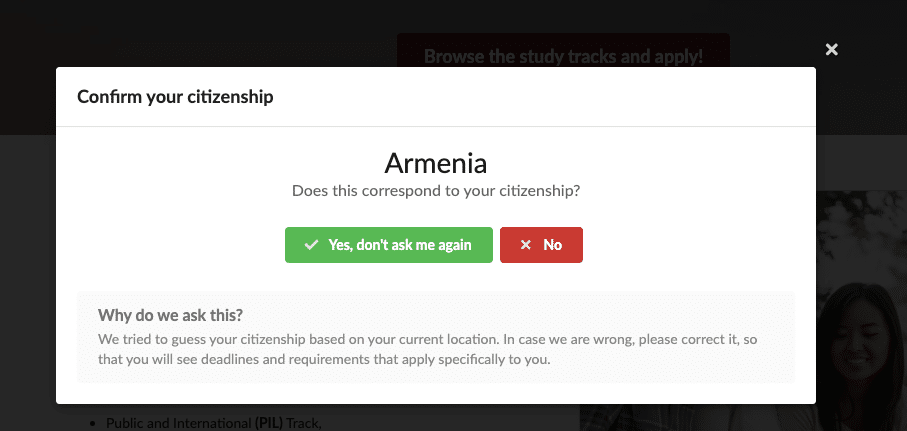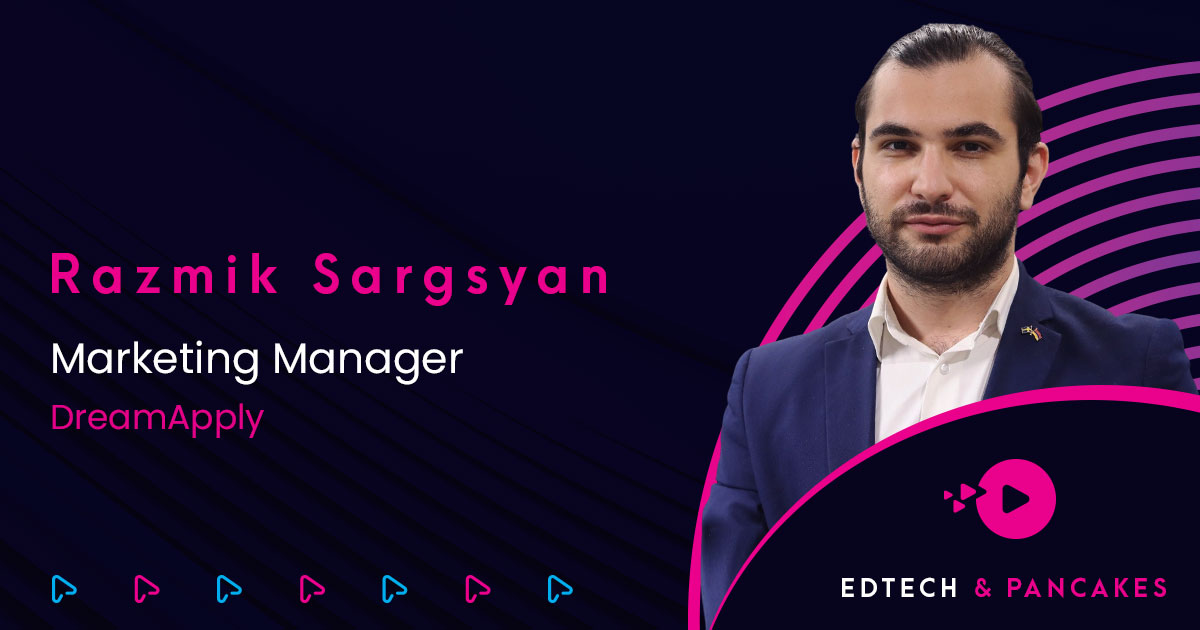Why do some admissions teams thrive while others struggle to enroll students? The answer lies in how applicant decisions are shaped. Since a decision to apply and enroll in an educational institution has life-long consequences, it’s in everyone’s best interest that it is made as consciously as possible. At the same time, every day people make countless choices without evaluating every option in full detail. Instead, they rely on mental shortcuts, patterns of behavior that allow them to make decisions efficiently.
Dr. Robert Cialdini, the world’s leading authority on influence, has spent decades studying these decision-making patterns. His research, built on thousands of studies across psychology, behavioral science and marketing, shows that people are more likely to take action when presented with the right cues at the right time. In student recruitment, this means structuring the admissions process in a way that reduces uncertainty, increases engagement and helps students confidently move forward with their decisions.
This blog explores 3 research-backed strategies that successful admissions teams use to ethically influence student enrollment. We’ll break down the principles of reciprocity, personalization and commitment & consistency, explaining how each one can be implemented immediately. You’ll also see how DreamApply enables institutions to apply these strategies efficiently, ethically and at scale.
Watch: 3 science-based strategies for ethical student enrollment
Watch this 7-minute video below to observe these principles in action and keep reading to learn how to implement them effectively.
How can reciprocity drive more student applications?
“The only way to have a friend is to be one.”
Ralph Waldo Emerson
The principle of reciprocity, as defined by Dr. Cialdini, is one of the most powerful drivers of decision-making. When people receive something valuable first, they feel compelled to respond in kind. In student recruitment, this means that when universities provide genuine, useful resources upfront, applicants are more likely to stay engaged, complete their applications and ultimately enroll. For admissions teams, applying reciprocity effectively means offering helpful, well-timed support before expecting commitment. This could include:
- Step-by-step application guides to make the process easier
- Early access to scholarship opportunities tailored to an applicant’s background
- Opportunities to speak with current students or alumni to gain firsthand insights
- Invitations to virtual events or campus tours before requiring any formal application.
By structuring the admissions journey around giving before asking, institutions reduce friction, build trust and create a natural motivation for students to continue engaging.
University of Pavia, along with 300 other educational institutions in 40 countries, leverages this strategy using DreamApply. By providing prospective students with relevant, timely resources, Pavia’s admissions team saw a 1000% increase in applications over 5 years. To learn how, explore Pavia’s application platform here and listen to the podcast episode with Daria Milone, Pavia’s Head of Admissions. Below is an example of some resources currently offered on their application platform.

Learn how your institution can benefit from reciprocity-related features in DreamApply by booking a free consultation or requesting a personalized strategy booster, based on your unique admissions management needs and pain points.
How does personalization improve student engagement?
“If I look at the mass, I will never act. If I look at the one, I will.”
Mother Teresa
Research shows that when applicants receive information relevant to their specific background, goals and circumstances, they are more likely to engage, complete applications and enroll. Personalization removes friction from the admissions journey, ensuring that students see only what matters to them.
With DreamApply, personalization begins the moment an applicant visits the admissions portal. Upon arrival, they are asked to confirm their citizenship, which allows the system to adjust the entire experience. Instead of sorting through irrelevant deadlines, tuition fees, scholarships or visa requirements, students immediately see only the details that apply to them.
In other words, you get to decrease the time an applicant needs to spend to find the most relevant information. In this sense, personalization is an aspect of reciprocation, magnifying its positive influence. Here is how it looks when an applicant enter an admissions platform created with DreamApply.

Beyond dynamic landing pages, personalization in admissions can also include tailored email communication, program recommendations, custom application workflows and more. For a deeper dive into how personalization shapes student decisions, explore our full article here.
Universities that implement these strategies see measurable results. For example, institutions using DreamApply’s by-default personalized applicant portals report a 50% increase in international applications, on average.
How can commitment and consistency increase application completion?
“I am today what I established yesterday or some previous day.”
James Joyce
Psychologists have long recognized that people strive to maintain consistency between their words, beliefs, attitudes and actions. Once someone makes an initial commitment, whether large or small, they feel a strong internal drive to behave in a way that aligns with that choice. This principle explains why students who take even minor steps toward applying are far more likely to follow through with the entire process.
The key lies in reminding them of their previous journey and asking to take another step. Secure small, voluntary commitments early in the admissions journey, and it will make your applicants more likely to complete their applications. For example:
- Encouraging students to register an account on the application portal makes them more likely to return and finish the process
- A visual progress tracker showing how much of the application has been completed (and what remains incomplete) reinforces the desire to be consistent with prior effort
- Sending automated reminders tied to completed steps (e.g., “You’ve uploaded two documents, just one more to go!”) increases the likelihood of applicants taking the next step.
DreamApply’s admissions platform includes features specifically designed to reinforce commitment and consistency, such as visual checklists, automated nudges and step-based engagement workflows that guide students toward completing their applications without feeling overwhelmed.
What do applicants say about what motivates them to complete an application?
Applicants that have completed they admissions journey confirm the positive impact of these research-based principles on their decision-making process.
For example, Sebastián Quiñónez, a Master student from Ecuador at Ca’ Foscari University, explains how a visual checklist kept him on track.
Sebastian says, “One of the things I really liked in the application platform was the checklist. As I uploaded my documents, I could see exactly what was left to complete. It made the entire process feel manageable.” Let’s hear from him directly.
It’s important to remember that these principles of influence are not about persuasion for persuasion’s sake. In this context, they are about ethical student enrollment strategies, techniques that align with how people naturally process information. Influence is most effective when it is truth-based, transparent and designed to serve students’ best interests. When applied correctly, these strategies do not pressure applicants. Instead, they provide clarity, help students overcome hesitation and create a more seamless admissions experience – a win-win for both the applicant and the institution.
About DreamApply
Founded in 2011 in Estonia, DreamApply is an innovation-driven EdTech organization that improves access to education around the globe. DreamApply’s application management software helps more than 300 educational institutions across 40 countries improve admissions, marketing, financial and other internal processes.
DreamApply’s easy-to-use and customizable software increases student enrollment by 30% and reduces application processing time by 40%. With features designed with and for educational institutions, and integrations with commonly used systems, DreamApply empowers teams to get more done with less effort.
Fill out this form to receive a personalized strategy designed to maximize your student recruitment efforts.
Book a live demo with an expert to explore how DreamApply can support your institution’s unique goals.

